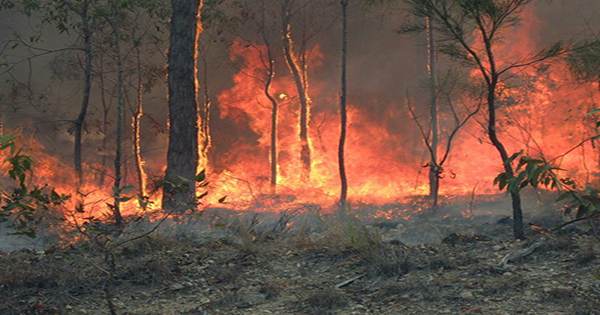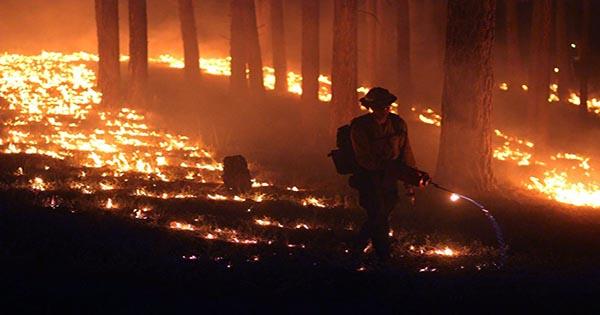Forests used to stop the corporation’s greenhouse gas emissions are rising in smoke due to wildfires that have probably intensified – you guessed it – climate change. July 6, 2021 – Bootleg fire begins in southern Oregon after being struck by lightning. According to an August update, the fire burned 1,675 square kilometers (647 square miles) of land and became the largest wildfire. 2021 U.S. fires so far.
Even though one percent is controlled, the fire is still burning. In a cruel twist of embarrassment, some of the forests damaged by the fire are being used for carbon offset schemes. According to CNN, the fire was reported to have affected an area known as Klamath East, which is owned and operated by the Green Diamond Resource Company.

In February 2021, the forestry company sold one-fourth of a ton of carbon removal credit to Microsoft to compensate for the technology giant’s one-quarter ton of carbon emissions. A representative of the Green Diamond Resource Company told CNN that it would take several weeks for the fire to be extinguished before they could assess forest damage. However, it will not damage the carbon offset contracts because these programs often consider that some forests may be destroyed by fire.
Carbon offsets can be a strange business, but it depends on individuals, organizations, corporations, cities, or countries investing in environmental projects to balance the environment, their own losses. This could include introducing clean energy technology, improving energy efficiency, or simply financing forest projects that would see trees absorb carbon.
For example, Company X could emit ten tons of carbon emissions per year, so they agreed to invest in projects that would remove ten tons of carbon emissions (or not enter) from the atmosphere. This allows companies or anyone else to live up to their promise of preventing climate change without directly severing their relationship with fossil fuels. Hundreds of millions of dollars have been put into the carbon offset market over the last 20 years. While some argue that they are practical tools for improving long-term sustainability, others claim that they basically refer to “business as normal” and that it fails to bring about the fundamental structural changes needed to address the climate crisis.














